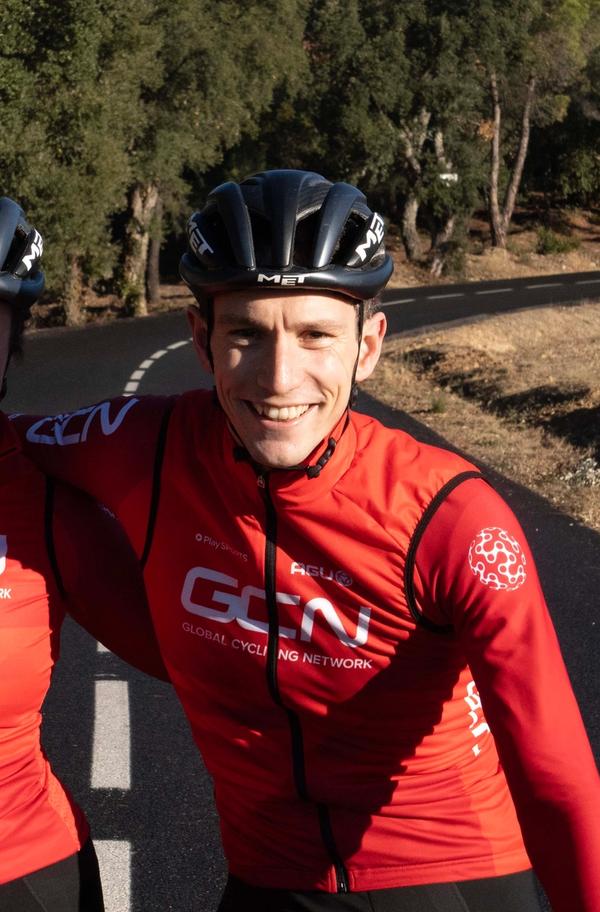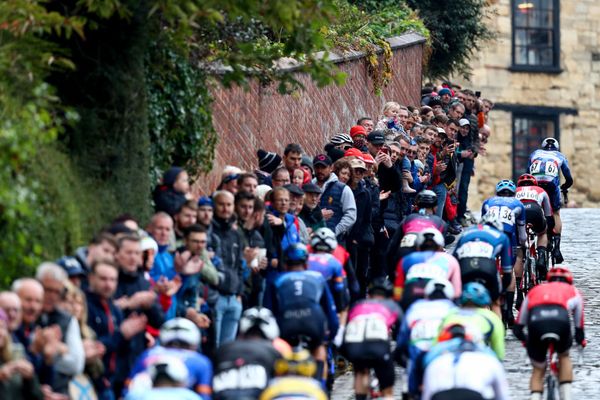Altro de Letras: the world’s biggest climb?
What’s it like to tackle one of the longest road climbs in the world? We sent Si Richardson to find out
Simon Richardson
GCN Presenter
Climbs. A nemesis for some, a playground for others. Some are sharp and vicious. Others are long, grinding affairs, snaking up towering mountain passes - the type Grand Tour battles are pitched on, with instantly evocative names like Alpe d'Huez and Stelvio Pass. Yet even these mammoths of cycling folklore pale in comparison to the mighty Alto de Letras in Colombia, one of the longest road climbs in the world.
When I say long, I mean long. 81km to be exact! That’s a long ride on flat roads, let alone a rising one. But I love a challenge and the opportunity to take on this mythical cycling destination, where the tarmac reaches a lung-busting altitude of over 3,500m, was one that I couldn’t miss. Luckily, I was in Colombia filming another epic adventure for GCN+, so I took the opportunity to divert to Alto de Letras for one of the most memorable rides of my life.
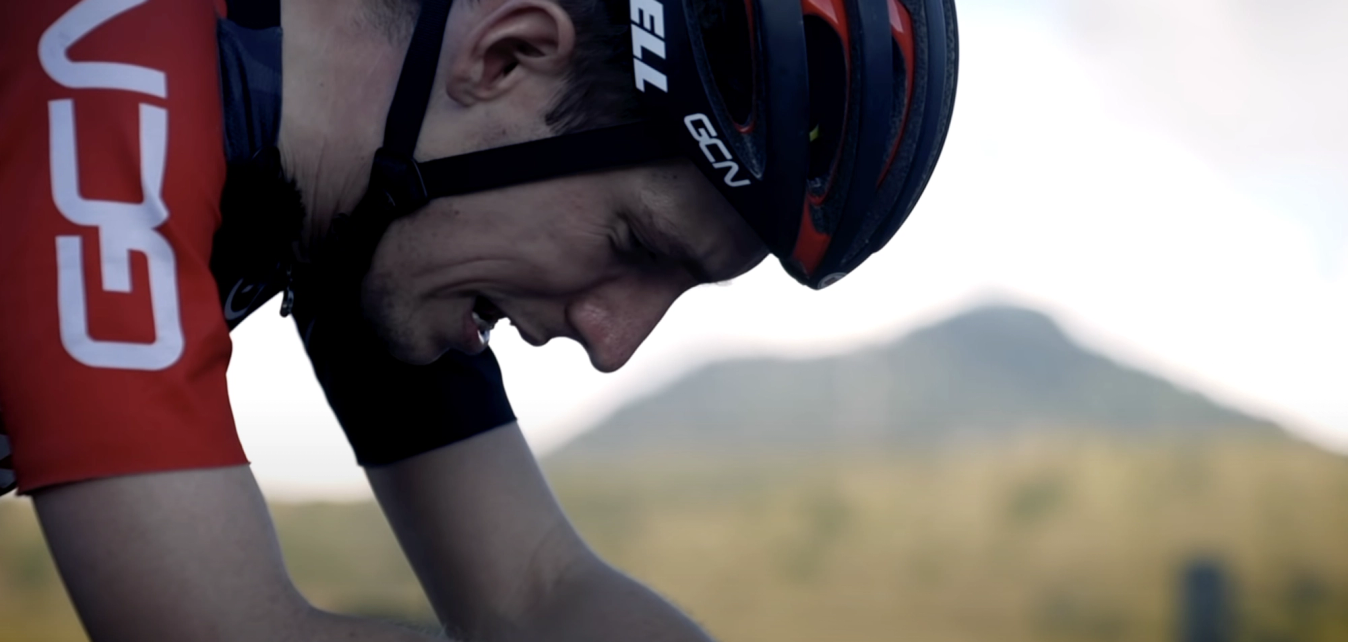
© GCN
Taking a breather after over 80km of climbing
My journey started in the beautiful city of Mariquita which sits at under 500m above sea level. Alto de Letras tops out at 3,663m, meaning a lot of elevation gain lay ahead of me. Within that vertical gain, the climate would change dramatically, from glorious, tropical sunshine to cold, rainy peaks. I’d come prepared, though, and with my jersey pockets stuffed with spare clothing and one of Colombia’s world-renowned coffees dispatched, I built up the courage to set off.
The opening kilometres were steady enough, and as the first pitches of the climb rolled by, my mind wandered to the staggering nature of what lay ahead. 81km of smooth tarmac, crossing the heartlands of the Cordillera Central, a cycling paradise at the northern tip of the Andes. Separating the Colombian coastline from the inlands, the mountain range dissects the country, running from the southern border with Ecuador all the way to Venezuela in the north. It’s an endless wave of luscious green hills punctuated by towering peaks. Seemingly carved out by the cycling gods to be a two-wheeled haven, it holds a mythical quality, sparking awe and intrigue in equal measure.

© GCN
Colombia's beautiful mountain landscape
If the stunning setting wasn’t enough, the climb, with its 3,663m summit, was surely remarkable. Yet somehow, it wasn’t. Not in this part of Colombia. In fact, the lowest mountain pass in the Cordillera Central is over 3,000m. It goes some way to explain how Colombia has developed so many top-level cyclists over the years. If you can tackle climbs in Colombia, the hardest passes in Europe with their comparatively modest sub-3,000m summits are mere bumps in the road.
I’m not a Colombian pro, though, and a steady pace was the main course of the day. With an average gradient of 4%, that sounds easy enough. It wasn’t! Cruelly misleading, the gradient is dampened by a high number of descending metres. Take them away and you’re looking at a leg-sapping average that’s closer to 7.5%. Just another statistic to make the Alto de Letras a little more intimidating.
Which leads to the excuses. Beyond being intimidating, I’d just finished a bikepacking adventure, had deep-sectioned rims and hadn’t had time to acclimatise. All of which made going for the Strava King of the Mountain title - which would obviously have been mine for the taking otherwise - out of the question. If you were wondering, the fastest time belongs to Didier Chaparro at three hours and four minutes, averaging over 26kph. Not too shabby.
With no grand aims other than finishing, a rhythm was soon established and the kilometres started ticking away. Before I knew it, I was already halfway up. So far, so good. It was still too early to get overconfident, as it was only a matter of time before the accumulation of kilometres and elevation gain took their toll. And they would take their toll. For now, though, the main thing to contend with was the traffic.
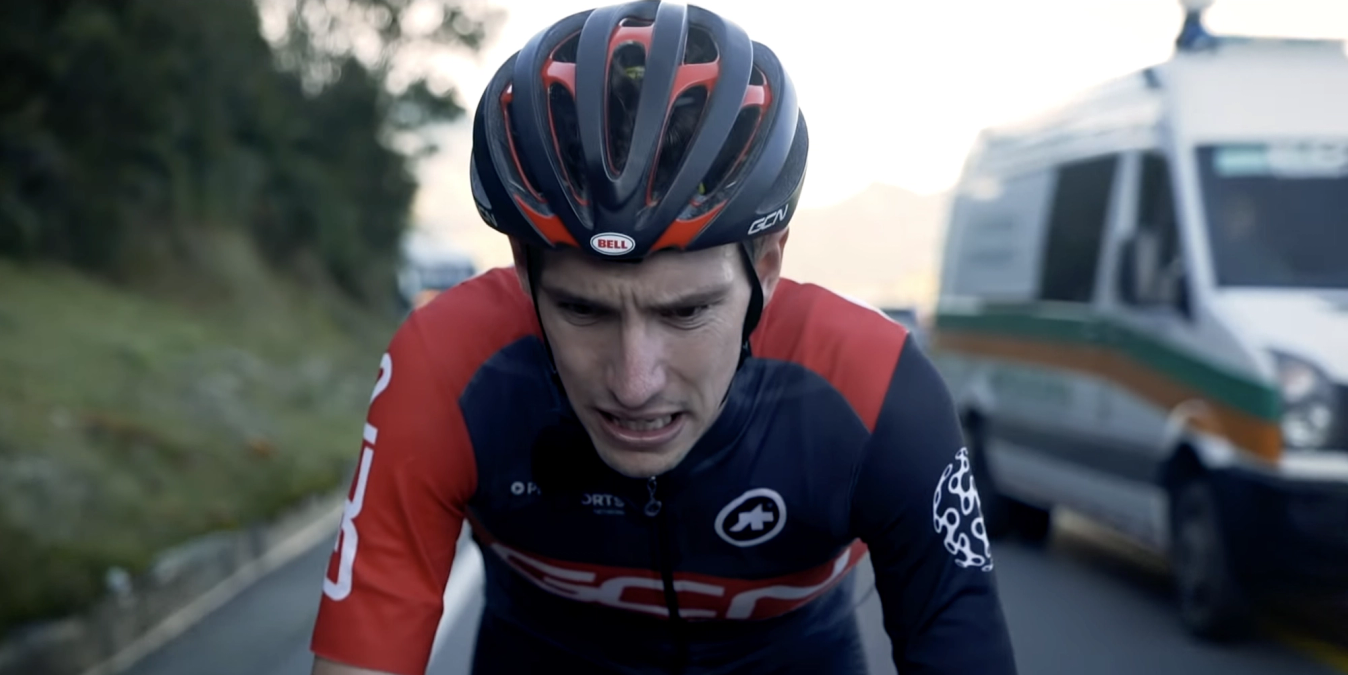
© GCN
Trucks and vans barrel past on Alto de Letras
In many parts of the world, mountain passes are quieter, at least compared to the busy networks of roads they look down on. Not in Colombia. This was a main road. Lorries hurtled past and there was a constant stream of cars, which is understandable considering that the Alto de Letras is one of only two paved passes that dissect the Cordillera Central.
Most of the road was quiet enough but things became noticeably hectic as I passed through many of the settlements scattered along the seemingly endless route. The bustle of these sections did come with its advantages, namely an endless supply of fruit from roadside vendors. It turns out I didn’t need to stuff those jersey pockets full of food after all. We’ll add the extra weight to the list of reasons why the KoM was beyond my limits.
Fuelled by Colombia’s finest fruit, it was time to look ahead to the second half of the climb. Gone were the tropical surroundings, exchanged for pasture lands and coffee plantations. By now I was past 1,800m of altitude, the same height as Alpe d’Huez. That’s an achievement in itself, unless you’re Colombian, in which case it’s a footnote of a climb. The 1987 Vuelta a España winner Luis ‘Lucho’ Herrera, the first Colombian to win a Grand Tour, once claimed that the iconic French climb was too short. Having now experienced his home climbs, I can understand why he would think that.
One thing myself and Lucho can agree on is that the Alto de Letras definitely isn’t short. It’s a long beast of a climb, but one that is mercifully broken up by three main descents. The last of these falls in the second half of the climb, providing a welcome boost to the legs and morale before one final push to the summit. Although, calling it a ‘final push’ is underplaying it. There’s still 20km and over 1,000m of elevation gain to go.
The steepest pitches of the entire climb come on the upper sections too, punishing already depleted legs. Adding further punishment, it’s considerably colder at the top which isn’t too much of an issue on the steeper sections, but soon becomes noticeable when the gradient gets shallower and you pick up speed - if you are even speeding up at all.
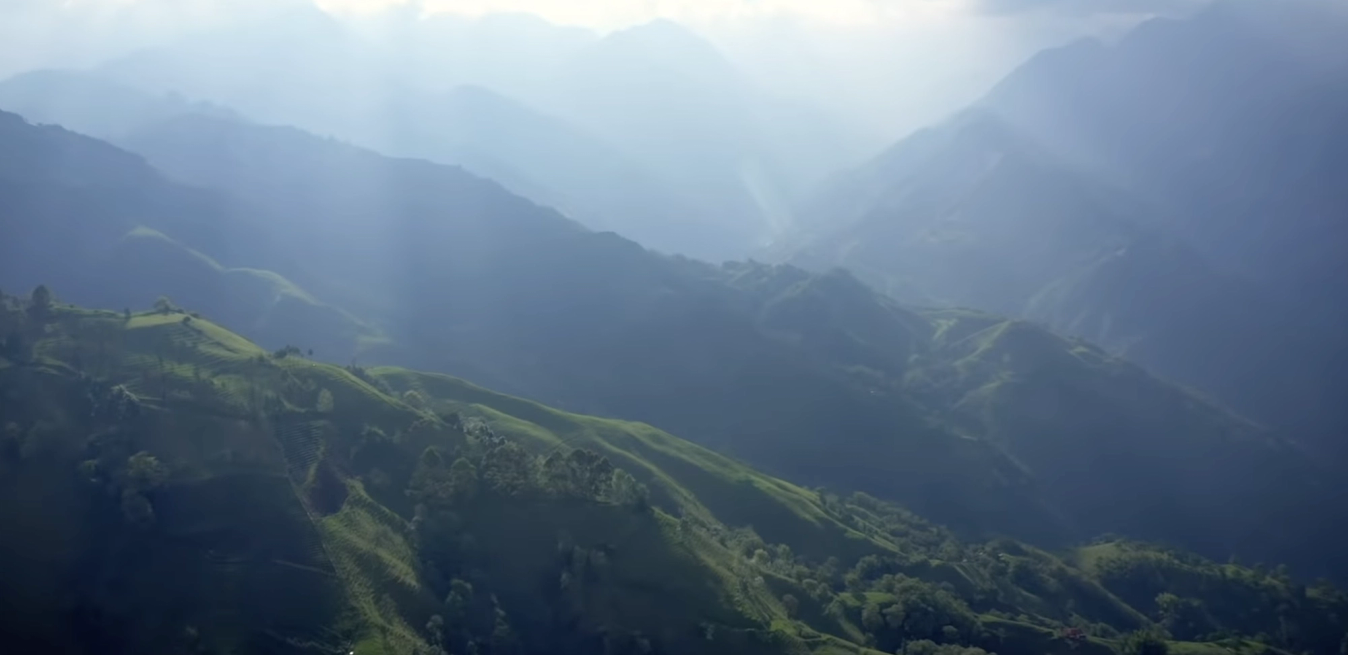
© GCN
The valley below
I’d love to be able to provide more details at this point, but after over 70km of climbing, everything becomes a blur. Tunnel vision set in and there was nothing beyond the tarmac ahead. That was until a tantalising sight on the horizon broke my trance-like state. Was it really the summit? After climbing for so long, the summit became a mythical entity. An Atlantis. You become stuck in a loop of pedalling, forgetting that there’s actually an end purpose to it all.
Yet, here it was. After double-checking with some locals that it was indeed the top, my legs started turning more frantically. There was no energy source for them to tap into, but they somehow found the power to drive for the line, carrying me to an unassuming stretch of tarmac which served as the summit. There were no fans cheering me across the line, just the sound of lungs desperately searching for what little air exists at this altitude. For a split second, I felt like one of the Colombian champions who call these roads home.
And so that was the Alto de Letras. One of the longest climbs in the world, certainly the longest I’ve ever had to climb. An incredible experience, but perhaps not one I’m desperate to replicate any time soon. Both my legs and lungs need to recover first.
